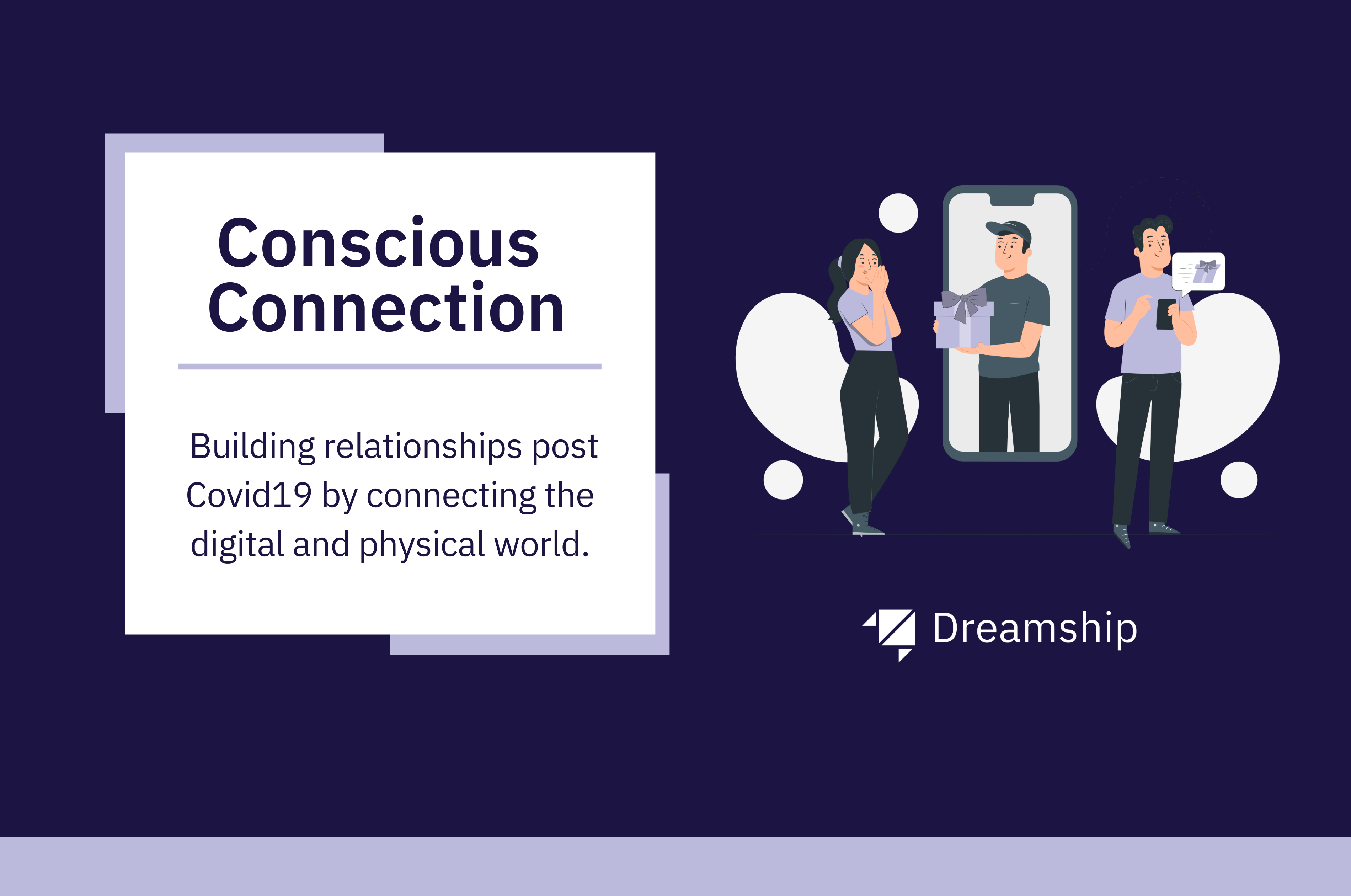Non-verbal cues are an essential component of how we communicate and understand one another. Numerous studies confirm that body language and facial expressions add significant weight to conversations and a shocking 93% percent of communication is nonverbal.
In business too, non-verbal cues help express much of the emotional context that we wish to relay. For example, a firm handshake is a common greeting expression akin to “Nice to see/meet you.” The importance of these small gestures that we’ve come to take for granted became glaringly obvious at the onset of COVID-19. Building trust in new relationships has been a significant challenge for the online workforce, especially those in sales and HR roles who are working to acquire new customers or retain new employees. Some even asked whether the “new normal” will mark the death of the traditional handshake.
While we don’t see that happening just yet, we also don’t see business communications picking up exactly where we left off. A Harvard Business School Online survey revealed that 81% of 1500 professionals who worked remotely during the COVID-19 shutdown either don’t want to go back to the office or would prefer a hybrid schedule going forward. In Oliver Wyman’s second Traveler Sentiment Survey, 43% of the more than 2,500 business travelers questioned said they expected to travel less for business even after Covid-19 subsides. And from the employer perspective, 82% of respondents in a Gartner survey shared that they intend to permit remote working some of the time as employees return to the workplace.
With the slow return to normalcy, we’re seeing that COVID-19 did not end our use of body language, but it did rapidly escalate many changes that had already been happening (e.g. telecommuting, video conferencing, etc.). These changes have the potential to drastically affect our business relationships and we need to ensure we have auxiliary efforts in place to maintain strong connections despite the distance.
We believe the solution is gifting. The gifts will certainly be different depending on the recipient but the gifting premise is simple. It helps:
-
Establish and maintain connections - When you’re able to make an appearance at every industry event, it’s easy to buy your prospects a drink or take them to lunch. The experience isn’t entirely repeatable online but sending a real, tangible gift can emphasize that you care about their business and you’ve made the extra effort beyond an email to connect.
-
Stay top of mind - With less exposure to events and interactions, sales and marketing teams have fewer touchpoints with prospects. Sending a gift is a nice reminder that you’re human and interested in creating a real connection.
-
Show compassion - We’re all recovering from the pandemic differently and it’s not easy for everyone. Sharing our understanding with coworkers, customers, and communities ensures that we maintain close ties despite not being physically present.
As business leaders, we’re constantly thinking about our goals and the challenges we must face in order to achieve them. Clients are no different. Whether it’s establishing a connection for the first time or maintaining an ongoing partnership, sending the right gift and message shows that you’ve done the work to understand their challenges just as much as they have.
For employees, it’s been a strange and tough year. And let’s face it, maintaining company culture across monthly Zoom-based All Hands is no easy task. Branded gifts have the power to remind employees that they’re all part of something bigger, no matter the distance. Gifts reinforce your internal brand with real, tangible items that they can use.
It’s easy to see why gifts are an invaluable strategy for business development and employer branding—we’ve all been on the receiving end of gifts and the right ones achieve the desired result of keeping the sender top-of-mind. It’s never been easier to create a gifting strategy to augment your current roadmap.
If you’re not sure how to get started, email nick@dreamship.com to setup a quick call.
